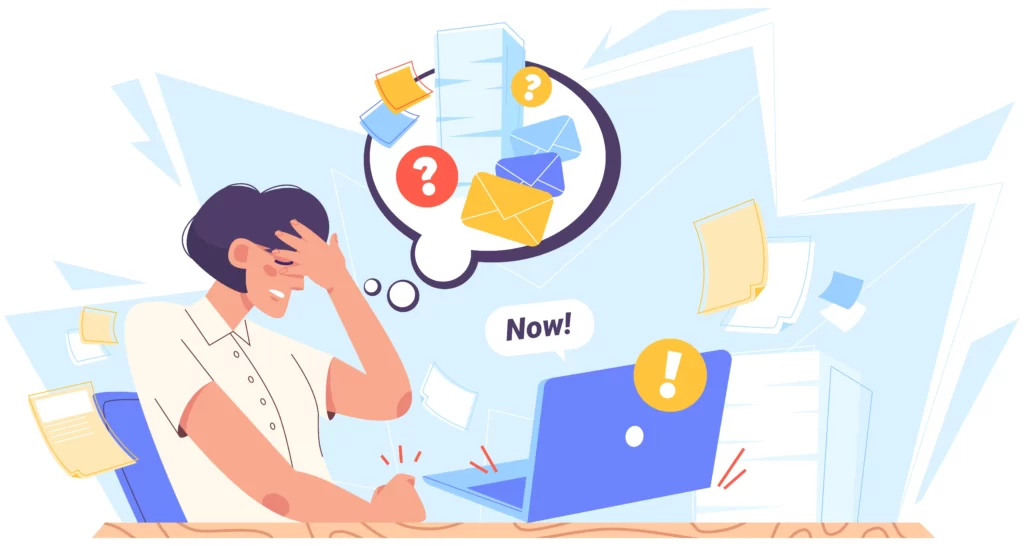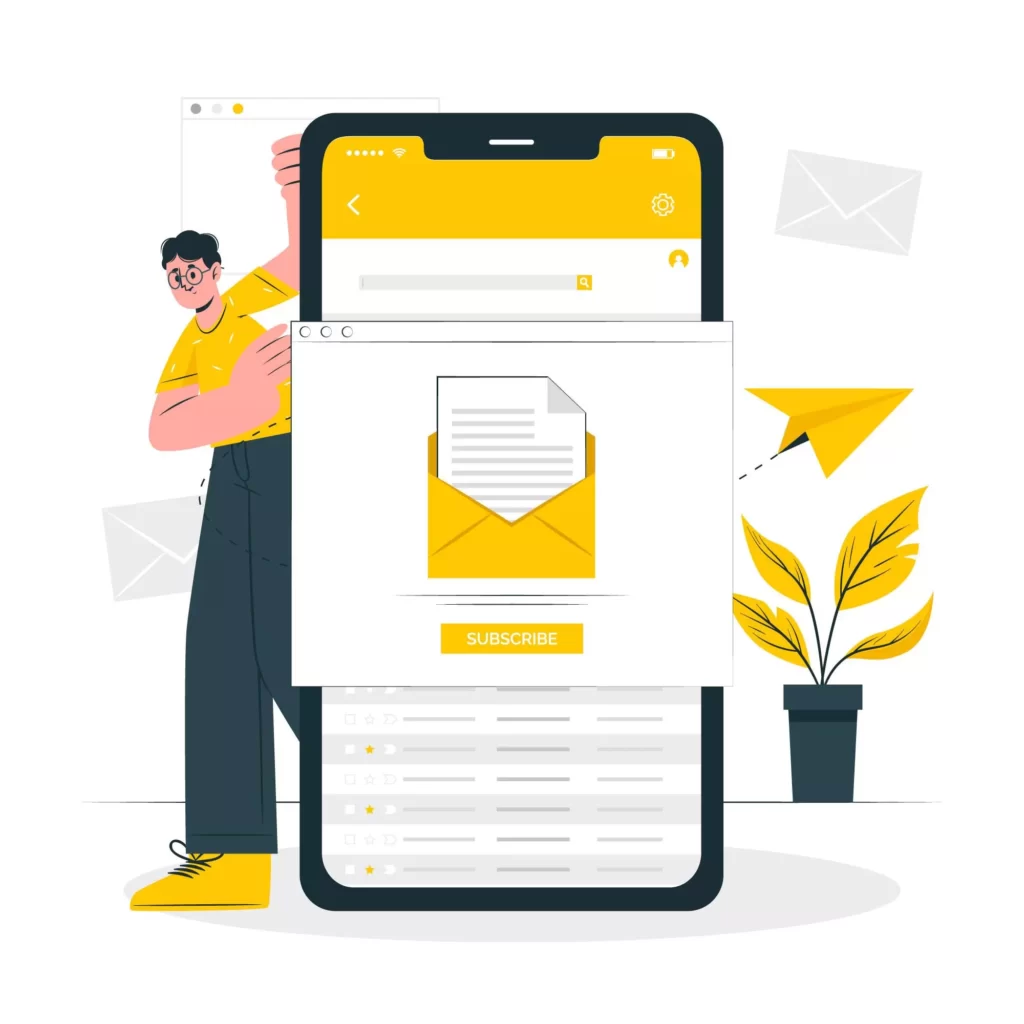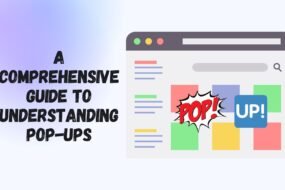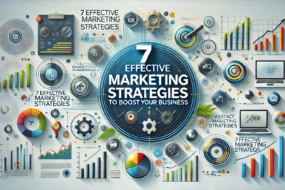
Email marketing has become a valuable business tool. However, it is essential to avoid common mistakes that may jeopardize your success. From weak subject lines to excessive promotions, these errors can damage your reputation, lower engagement, and impact your bottom line.
However, this article will delve into common email marketing mistakes and offer valuable insights and practical tips to optimize your campaigns and drive better outcomes. By avoiding these pitfalls, you can enhance your email marketing strategy, engage with subscribers more effectively, and achieve higher open rates, click-throughs, and conversions.
But, before that, let’s begin with the basics;
What Is Email Marketing?

Email marketing refers to using email to reach a target audience or a group of individuals to promote products or services or convey information. It involves sending commercial messages, newsletters, updates, or other relevant content directly to the recipients’ email addresses.
The Importance Of Email Marketing
Email marketing holds immense importance for businesses and organizations across industries. Below are some primary explanations for why email marketing is significant and vital:
- Direct and personalized: It enables direct communication with your audience, allowing you to personalize messages based on preferences, behaviors, and demographics.
- Cost-effective: Unlike traditional marketing channels, email marketing offers a cost-effective approach, reaching many subscribers without significant expenses.
- Increased conversion rates: It consistently achieves higher conversion rates by delivering targeted and relevant content, cultivating leads, and shepherding them along the sales funnel
- Building customer relationships: Regularly sending valuable content and personalized offers via email helps establish and nurture customer relationships, fostering loyalty and engagement.
- Measurable results: Email marketing platforms provide robust analytics, monitoring metrics like open rates, click-through rates, and conversions, enabling data-driven decision-making and campaign optimization.
- Automation and segmentation: Email marketing platforms offer automation and segmentation capabilities, allowing targeted messaging based on triggers and customer segments, delivering relevant content efficiently.
Now that we have covered the fundamentals of email marketing, it’s time to explore the eagerly awaited topic: common email marketing mistakes. Understanding and avoiding these mistakes is crucial for achieving success in your email campaigns.
Common Email Marketing Mistakes To Avoid

Not Segmenting Your Audience
Segmenting your audience is a vital component of effective email marketing. Failing to segment your audience means treating all your subscribers as a single homogenous group, which May result in missed opportunities and reduced engagement.
Here’s why not segmenting your audience is a standard email marketing mistake:
- Lack of Personalization: Not segmenting your audience means missing out on personalizing your email content, resulting in lower engagement. Segmenting allows you to deliver tailored messages based on individual preferences, leading to higher open rates and conversions.
- Irrelevant Messaging: With audience segmentation, you can send emails relevant to subscribers’ interests or needs. This can lead to frustration and unsubscribes. Segmenting ensures you deliver targeted content that resonates with recipients, increasing engagement and satisfaction.
- Missed Opportunities for Automation: You must segment your audience to leverage automation. Segmentation enables you to create automated workflows triggered by specific actions, such as welcome emails or abandoned cart reminders. Automation saves time and ensures timely, relevant communications for better engagement and conversions.
Not Using An Email Marketing Platform
Email marketing platforms provide various features and benefits that can significantly improve your email marketing efforts. Failing to utilize an email marketing platform is a common mistake that can limit your ability to manage and optimize your campaigns effectively.
Here’s why not using an email marketing platform is a disadvantage:
- Limited Functionality: Not using an email marketing platform limits your ability to personalize emails, automate campaigns, and track performance effectively. You may miss out on advanced features like list segmentation, A/B testing, and integration with other marketing tools, hindering your campaign’s effectiveness.
- Inefficient Workflow: Managing email campaigns manually without a platform can be time-consuming, error-prone, and lacking consistency. An email marketing platform streamlines the process, providing efficient email creation, scheduling, list management, and automation, saving time and ensuring a smoother workflow.
- Tracking and Analytics: Tracking and analyzing campaign performance becomes challenging without an email marketing platform. Lack of robust tracking and analytics features means missing out on valuable insights like open rates, click-through rates, and conversions.
Many email marketing platforms offer various features and functionalities to support your email marketing efforts. Below are some instances of widely used email marketing platforms to consider:
Not Using An Engaging Subject Line
The subject line of your email is pivotal in capturing your recipients’ attention and enticing them to open your email. Failing to craft an engaging subject line is a standard email marketing mistake that can result in lower open rates and decreased effectiveness of your campaigns.
Here’s why using an engaging subject line is essential:
- Grabbing Attention: To grab attention, create eye-catching subject lines, use compelling visuals, and consider personalization techniques. Grabbing attention from the start enhances the probability that recipients will open your emails and interact with your content.
- Increasing Open Rates: To increase open rates, focus on crafting intriguing subject lines that generate curiosity or offer value. Consider personalization and segmenting your audience to deliver targeted content that resonates with recipients, increasing their interest in opening your emails.
- Conveying Relevance and Value: Ensure your email content is relevant and valuable to recipients by tailoring it to their preferences, needs, or previous interactions. Provide helpful information, exclusive offers, or personalized recommendations, making recipients feel your emails are worth their time and attention.
- Differentiating from Competitors: Stand out by showcasing your unique selling points, offering unique content, and delivering a personalized experience. Emphasize what sets your brand apart and communicate it effectively through email marketing, capturing recipients’ attention and fostering loyalty.
Not Optimizing For Mobile
In today’s mobile-centric world, failing to optimize your emails for mobile devices is a significant email marketing mistake. With most people accessing their emails on smartphones and tablets, ensuring that your emails are mobile-friendly is crucial.
Here’s why optimizing for mobile is essential:

- Enhanced User Experience: Optimizing your emails for an enhanced user experience ensures that recipients have a seamless and enjoyable interaction with your content. By considering mobile-friendliness, readability, and ease of navigation, you provide a positive experience that encourages recipients to engage further.
- Increased Open and Click-Through Rates: When your emails are optimized for user experience, they are likelier to be opened and clicked by recipients. An aesthetically pleasing and well-organized email layout and compelling content encourage recipients to take action and increase the chances of achieving higher open and click-through rates.
- Responsive Design: Implementing responsive design in email marketing ensures your emails adapt to different screen sizes and devices. With responsive design, your emails automatically adjust their layout and formatting to ensure an optimal viewing experience on desktops, tablets, and smartphones. This consistency in design enhances readability, engagement, and overall user experience.
- Quick Loading Speed: Fast-loading emails are essential for capturing and retaining recipients’ attention. Slow-loading emails can frustrate recipients, leading to high bounce rates and lower engagement. By optimizing your emails for quick loading speeds, you ensure that recipients can access and consume your content without delays, improving their overall experience and boosting the likelihood of engagement and conversion.
Not Using A Call-To-Action
A call to action (CTA) is vital to effective email marketing. Omitting a clear and compelling CTA is a prevalent error that can impede your success.email campaigns. Here’s why using a CTA is crucial:
- Encourages Desired Actions: A well-crafted CTA prompts recipients to take the desired action, such as purchasing, registering for a webinar, acquiring a resource, or exploring a website. With a clear CTA, recipients may be confident about the subsequent actions to take, leading to missed opportunities for engagement and conversions.
- Guides Recipients’ Journey: A CTA helps guide recipients through their customer journey. By providing a specific action to take, you can lead them from the email to the next stage of interaction, whether it’s visiting a product page, filling out a form, or contacting your business. CTAs serve as signposts that direct recipients toward the intended destination, helping to move them closer to the desired outcome.
- Creates a Sense of Urgency: An effective CTA incorporates urgency, compelling recipients to take immediate action. Using persuasive language, time-limited offers, or limited quantities establishes a sense of urgency that motivates recipients to act promptly. Urgency can instill a fear of missing out (FOMO) and drive higher click-through and conversion rates.
Not Following Up
Failing to follow up with your email recipients is a standard email marketing mistake that can hinder your campaign’s effectiveness and limit your potential for engagement and conversions. Here’s why following up is crucial:
- Reinforces Engagement: Following up with your recipients demonstrates your commitment to maintaining a relationship and engaging with them beyond the initial email. It shows that you value their interaction and are interested in their response. By following up, you reinforce their engagement and keep your brand top-of-mind.
- Increases Conversion Opportunities: Following up presents an opportunity to nurture leads and guide them further along the customer journey. A well-timed and relevant follow-up email can provide additional information, address concerns, offer incentives, or encourage recipients to take the desired action. By following up, you increase the chances of converting leads into customers.
- Reminds and Encourages Action: People often receive numerous emails daily, and yours may get buried or forgotten. Following up is a reminder, gently prompting recipients to take the desired action. It helps overcome any hesitations or distractions they may have had initially. By reiterating the benefits or urgency, you encourage recipients to act and increase the likelihood of achieving your campaign’s objectives.
- Builds Trust and Relationships: Regular follow-up emails help establish trust and fortify connections with your audience. It shows you are reliable, responsive, and genuinely interested in their needs. By consistently providing valuable content, addressing their concerns, or offering personalized recommendations, you instill a sense of trust and loyalty that can pave the way for enduring customer relationships.
FAQ’s
Q1: What are common email marketing mistakes to avoid?
A1: Common email marketing mistakes include poor segmentation, neglecting mobile responsiveness, and sending emails with unclear or weak calls-to-action.
Q2: How does inconsistent sending frequency impact email marketing?
A2: Inconsistent sending frequency can confuse subscribers and lead to decreased engagement. It’s crucial to maintain a regular and predictable email schedule.
Q3: Why is it important to avoid purchasing email lists?
A3: Purchased email lists often include uninterested or unqualified leads, risking high bounce rates, spam complaints, and damage to the sender’s reputation.
Bottom Line
Businesses must pay attention to ROI, a key indicator of success. ROI is the ratio of money gained or lost on investment to the amount invested. In other words, it measures the profit or loss earned by investment concerning the initial investment cost.
While email marketing can be a great strategy to boost ROI, ensuring that the effort put in yields a fruitful return is essential. If this isn’t yielding a favorable return on investment, then it is time to reevaluate and analyze your email marketing mistakes. This could include anything from changing the content of emails to increasing frequency or trying new techniques altogether.
Email marketing is an invaluable tool for optimizing ROI, but it’s not the only one. Other strategies, such as social media marketing, can also be effective. The key is to focus on what’s most relevant for your business and track your progress over time to ensure that you’re seeing positive results.








No Comments